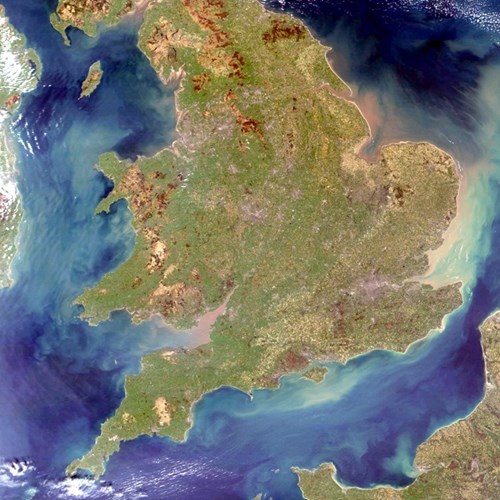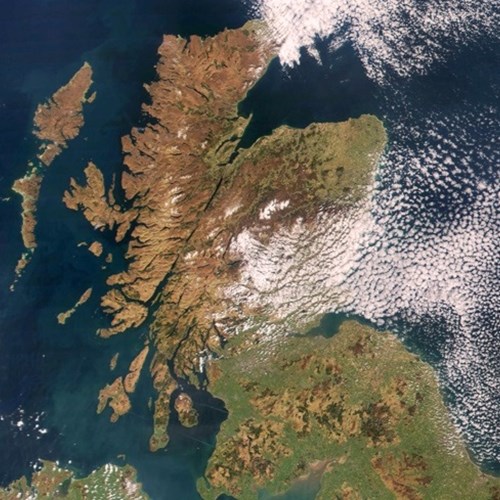Shellfish classification and microbiological monitoring
Bivalve mollusc (shellfish) harvesting areas are classified according to the extent of microbial (faecal) contamination as shown by monitoring of E. coli in shellfish flesh. Treatment processes are stipulated according to the classification status of the area.
The classification categories are:
Class A (80% of samples ≤ 230 E. coli/100g; all samples must be less than 700 E. coli/100g) - molluscs can be harvested for direct human consumption
Class B (90% of samples must be ≤ 4600 E. coli/100g; all samples must be less than 46000 E. coli/100g.) - molluscs can only be sold for human consumption:
- after purification in an approved plant, or
- after re-laying in an approved Class A re-laying area, or
- after an EU-approved heat treatment process.
Class C (≤ 46000 E. coli/100g) - molluscs can be sold for human consumption only after re-laying for at least two months in an approved re-laying area followed, where necessary, by treatment in a purification centre, or after an EU-approved heat treatment process.
In all cases, the health standards in Annex III of EU Regulations must be met. Molluscs must not be subject to production or collected in prohibited areas.
The Food Standards Agency (FSA) and Food Standards Scotland (FSS) has statutory responsibility for ensuring that monitoring and classification programmes are in place to meet legal requirements.
Further details for specific geographic areas, including E. coli monitoring data, are available below:




